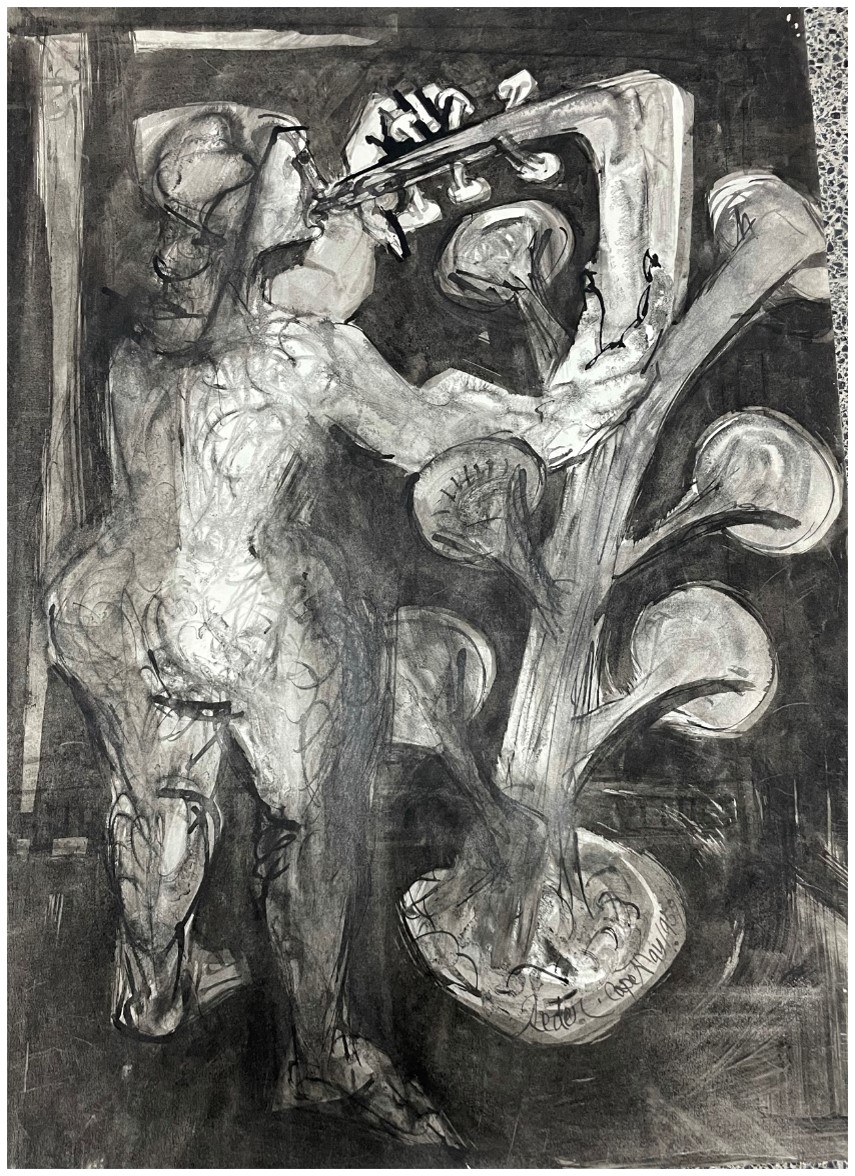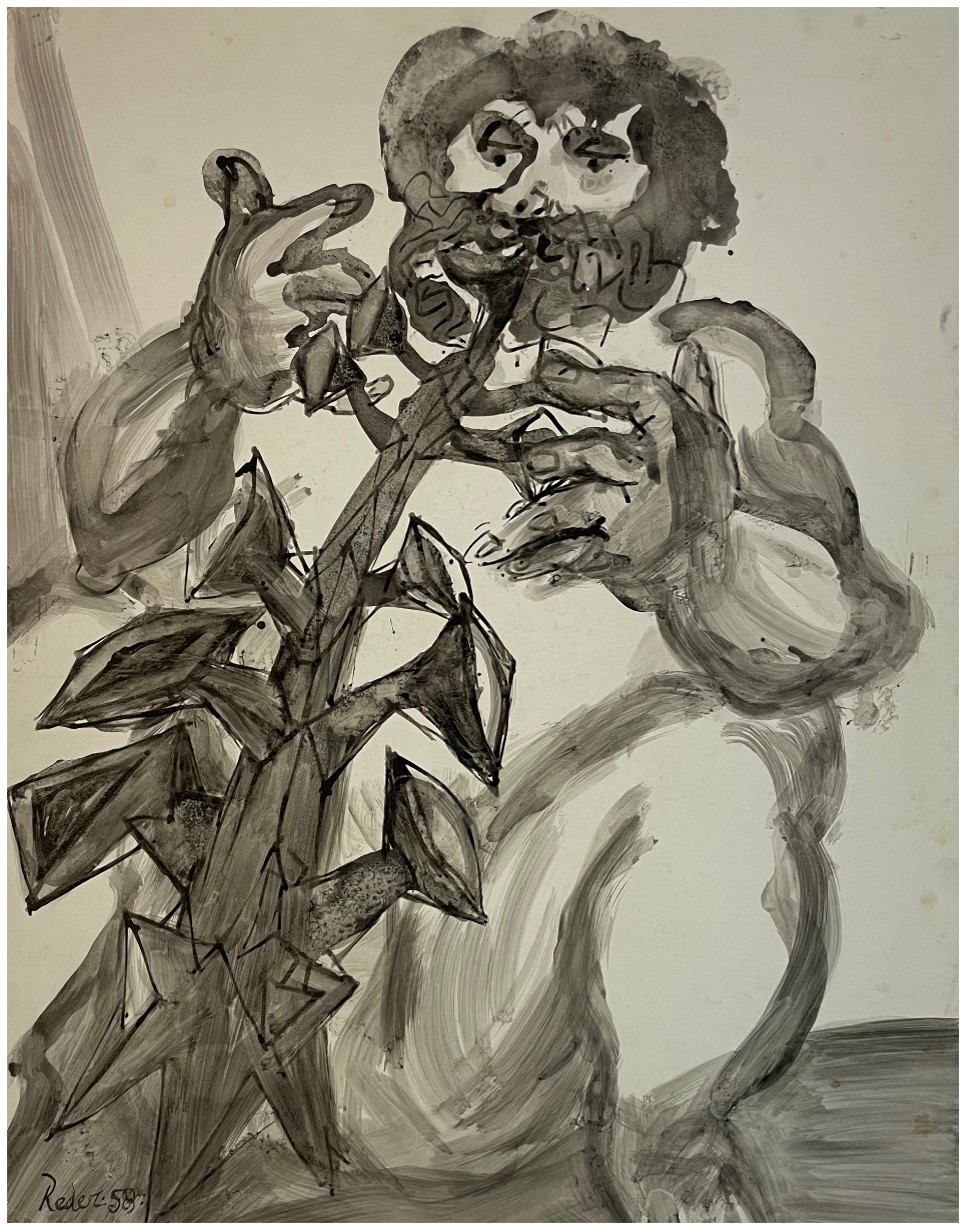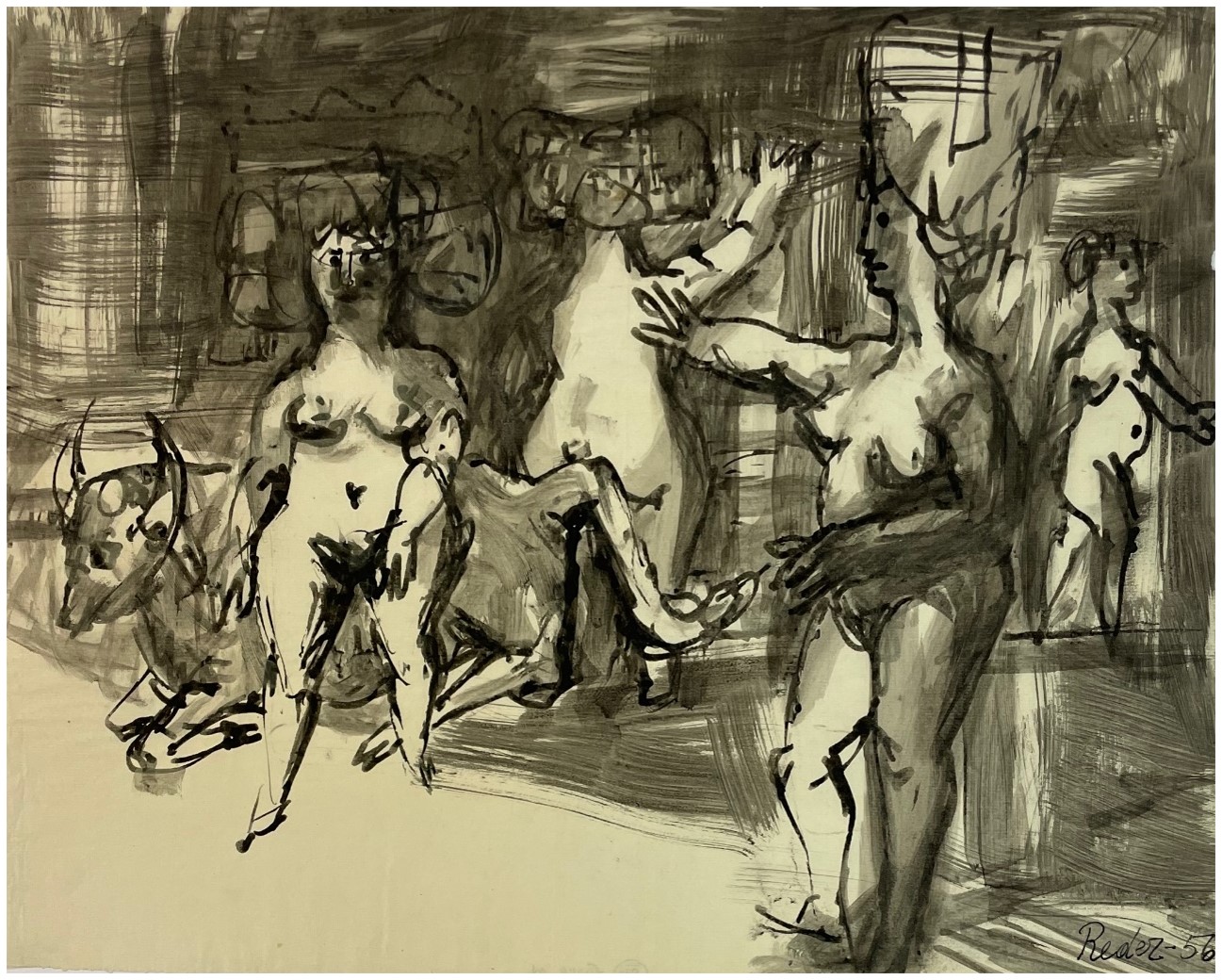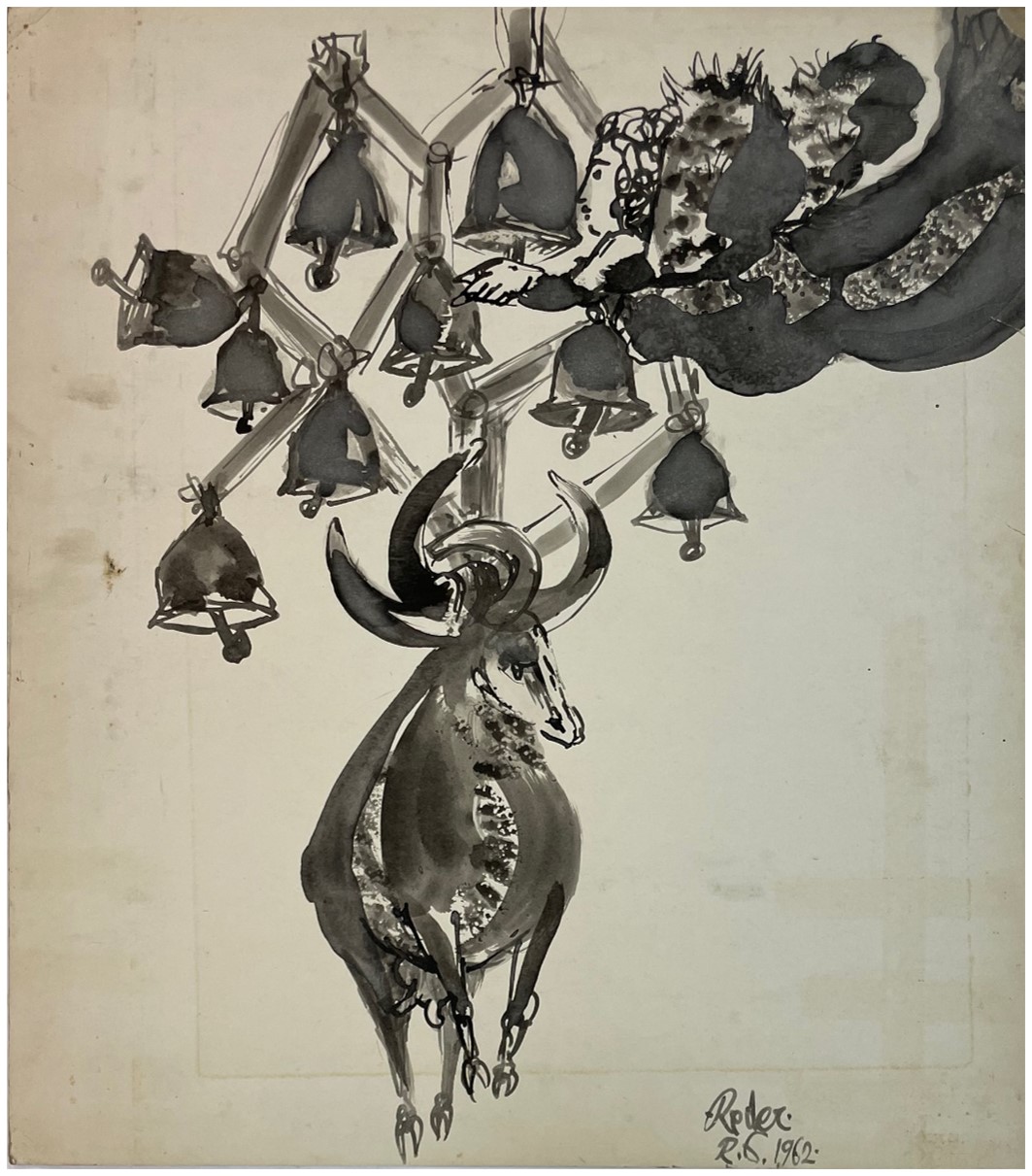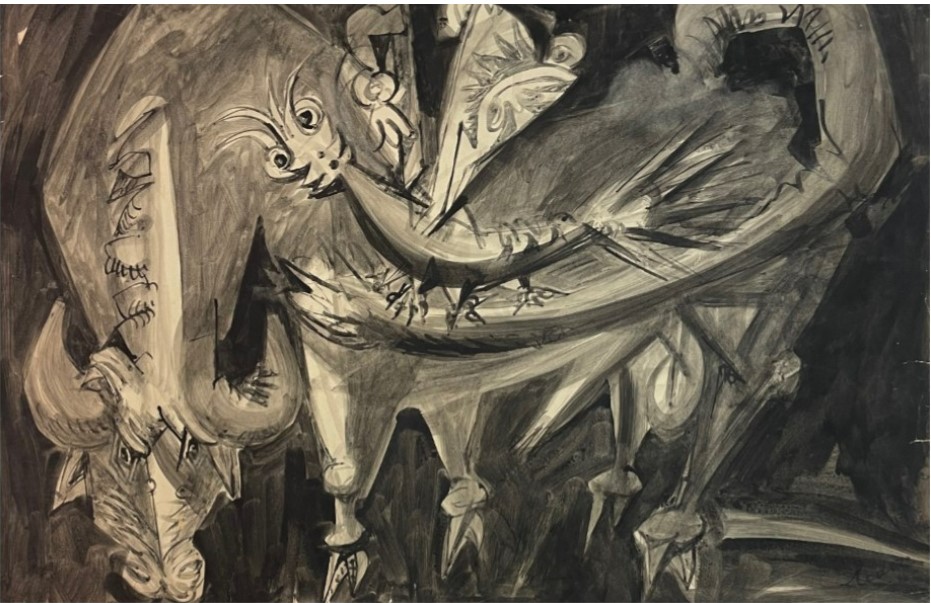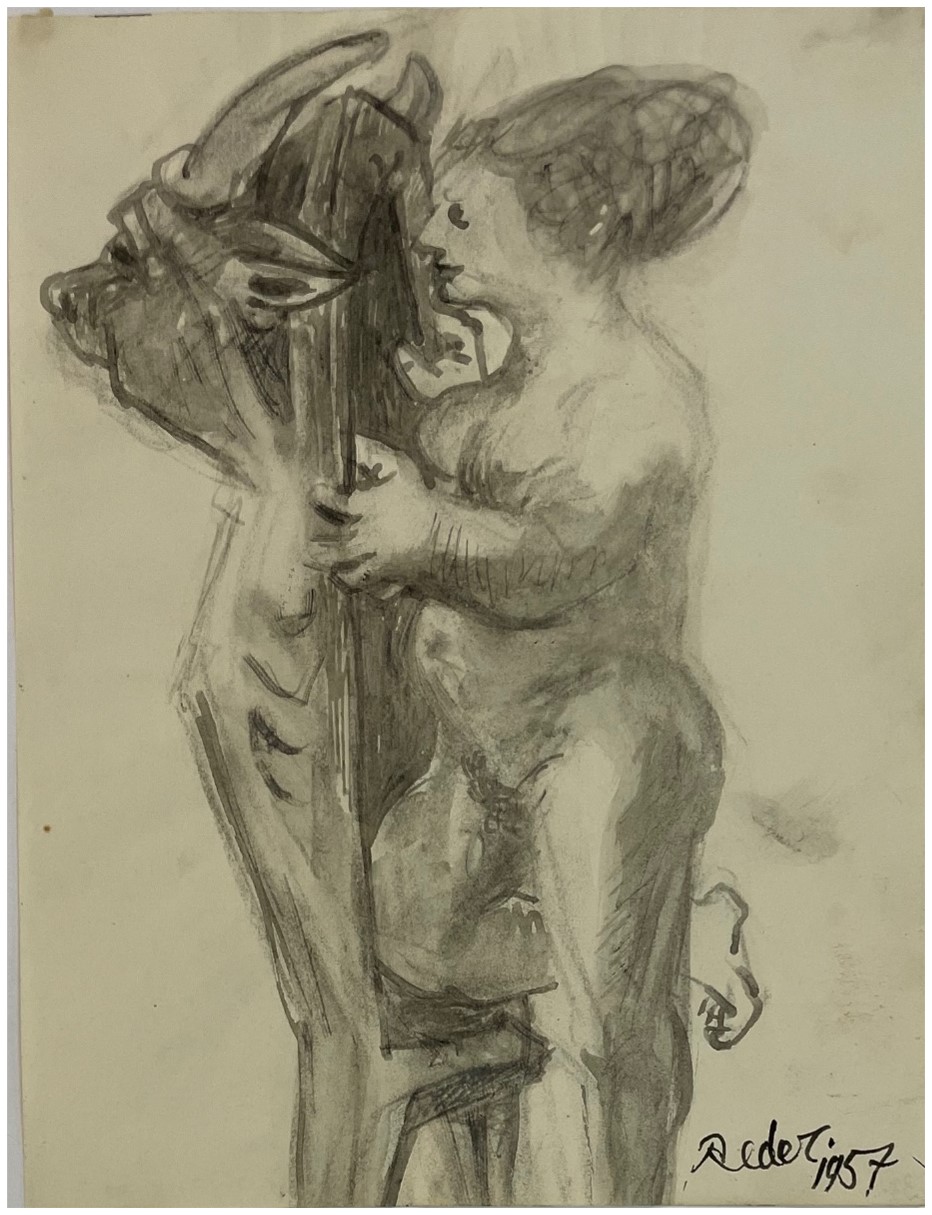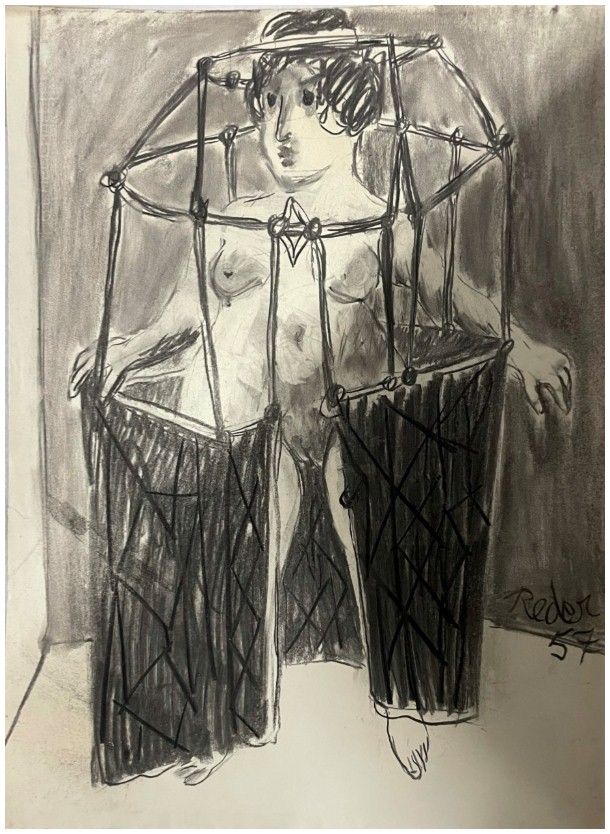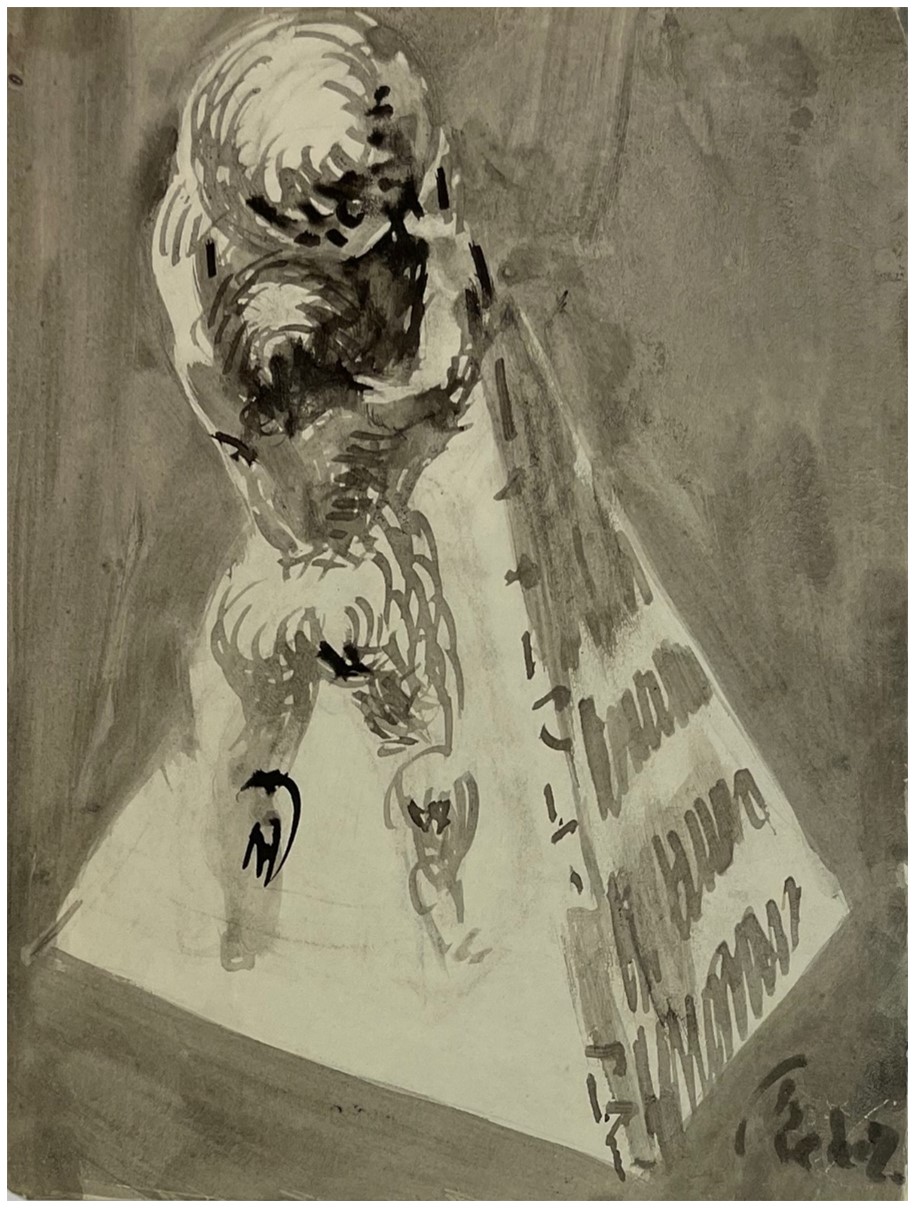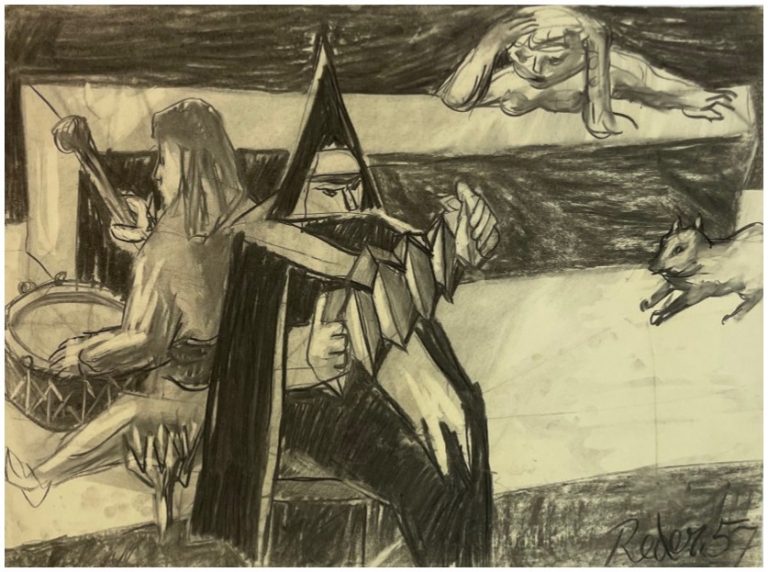Bernard Reder (1897–1963) was a Jewish artist who was mainly engaged in sculpture, engraving, and etching. He was born in Czernowitz (in the Austro-Hungarian Empire, today in Ukraine), at the time a center of Jewish and Hasidic culture. Reder went on to study at the Academy of Fine Arts in Prague where he had in 1935 his first solo exhibition. Two years later, in 1937, he moved to Paris and exhibited with the artist Aristide Maillol. Later that year, Reder and his wife were forced to flee Paris in fear of the Nazis. They fled to Spain, two years later moved to Havana, Cuba and in 1943 they arrived and settled in New York City. In the span of a few years his works were already exhibited at the Whitney Museum of American Art and the Philadelphia Museum.
In 1954, Reder went to Italy to sculpt in Rome and Florence and upon his return to New York he was given a solo one-man retrospective exhibition show at the Whitney Museum. For the first time in its history the museum devoted three of its floors to a single artist.
In 1967, Chaim Gamzu, director of the Tel Aviv Museum, curated an exhibition of Reder’s sculptures at the Helena Rubinstein Pavilion, as part of a series of modern sculpture exhibitions, which featured sculptures also by French artist Auguste Rodin and British artist Henry Moore. In 1987, a retrospective exhibition was held at the Herzliya Museum to mark the 90th anniversary of Bernard Reder’s birth.
Reder died in 1963 in New York. After he passed away, his wife immigrated to Israel, and his estate was entrusted to the curator and collector Deborah Schocken, who donated it to the Herzliya Museum as part of her activities as chair of the association for the museum. His works are currently in the collections of prominent museums in Israel and around the world.
Reder’s works were greatly influenced by the Bible, Greek mythology, and Hasidic daily life in Czernowitz, and even tales he heard from his mother as a child found their way to them. He was a highly skillful artist, with a boundless imagination whose fantastic products later became his distinctive artistic language. At the same time, there is in his works an extraordinary balance of contrasts – emotions and rationality, meticulousness, and spontaneity.
Reder was noted for his sculptures, but he excelled also in drawing and printmaking. He engaged extensively in various graphic techniques – pen, pencil, and brush drawings, as well as charcoal, and prints in woodcuts, engraving and etching. In his prints he achieved rare colorful qualities and because he vehemently opposed duplication – the main character of the medium – he created a monotype, only one copy of each print.
Bernard Reder’s graphic language is fast, sharp, and humorous, and yet, as mentioned, rationalistic and meticulous. It is evident that his work was created out of an in-depth observation and understanding of the hidden parts of the human psyche. The visual translation of this understanding is expressed in figures from the Greek mythology as Amazons and Minotaurs presented in an allegorical way; In imaginary animals, which are sometimes a hybrid of animal organs and human organs; In deformed musical instruments that accompany the fantastic creatures; In voluptuous women and various figures that Reder dressed in ostentatious costumes.
This selection of works, from the collection of the Herzliya Museum of Contemporary Art, is devoted to the graphic work (woodcuts and drawings) by Bernard Reder, and was held as part of Vered Ilani’s internship on behalf of the Institution for Israeli Art.
-
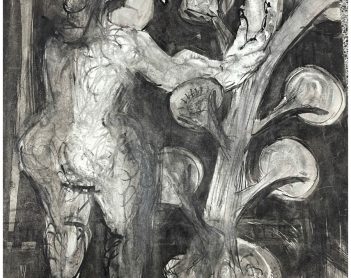
למידע נוסף
Bernard Reder, Woman Playing a Trumpet
1959, Felt-tipped pen on paper, 69X50 cm
-
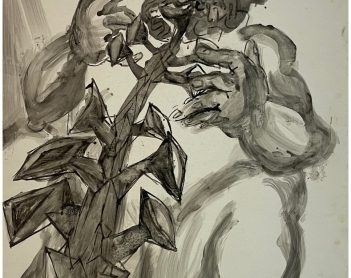
למידע נוסף
Bernard Reder, Man Playing the Horn
1958, Felt-tipped pen on paper, 71.5X56 cm
-

למידע נוסף
Bernard Reder, Women Dancing on the Back of a Goat
1961, Felt-tipped pen on paper, 50X70 cm
-
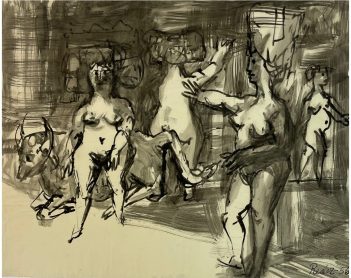
למידע נוסף
Bernard Reder, Amazons
1956, Felt-tipped pen on paper, 51X47.5 cm
-
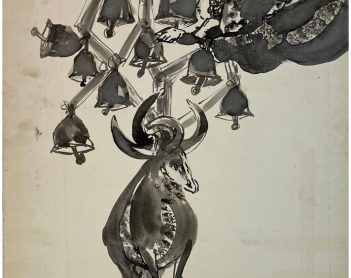
למידע נוסף
Bernard Reder, Goat with Tower of Bells and Angel
1962, Felt-tipped pen on paper, 71.5X65.5 cm
-
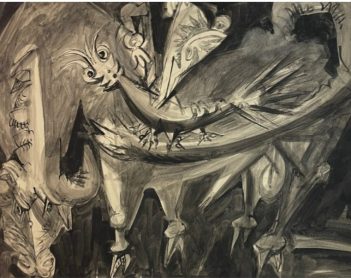
למידע נוסף
Bernard Reder, Bull and Beast on its Back
1961, Felt-tipped pen on paper, 70X100 cm
-
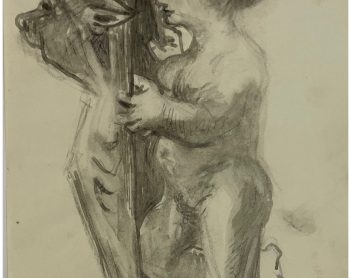
למידע נוסף
Bernard Reder, Woman with a Bull Mask
1957, Felt-tipped pen on paper, 27X20 cm
-
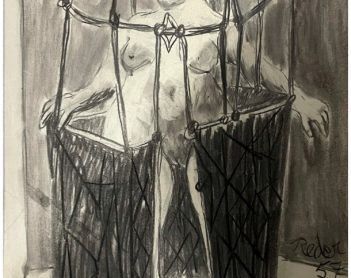
למידע נוסף
Bernard Reder, Caged Woman
1957, Felt-tipped pen on paper, 66.5X49 cm
-
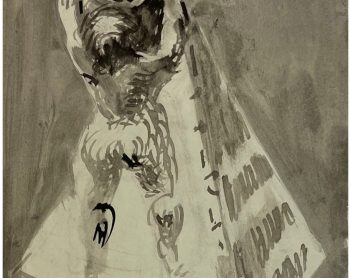
למידע נוסף
Bernard Reder, Woman with a Ball and a Pyramid
1957, Felt-tipped pen on paper, 33X25.5 cm
-
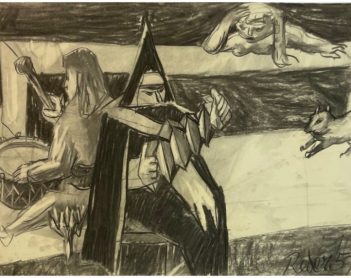
למידע נוסף
Bernard Reder, The Musicians
1957, Felt-tipped pen on paper, 49X67 cm
